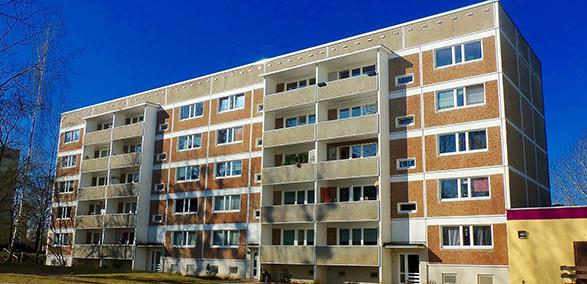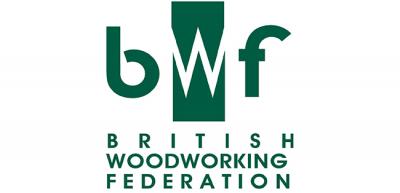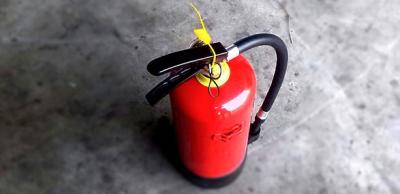Getting it right: Fire design specification
Judith Schulz and Neil Hitchen of ARUP explained their “Top 10 design specification concerns” at a recent conference that forms part of LABC’s “Professionals in Construction” conference series. This conference focussed on controlling the spread of fire in high risk buildings.
ARUP gave an overview on topics that can critically affect the performance of a finished building. We’ll cover each item in more detail over the coming months.
- Understand the performance requirements of products and materials. There’s a lot of confusion between combustibility and surface spread of flame. The European system is ranked A to F with A being non-combustible. In England we use the terms non-combustible and limited combustibility which can lead to confusion.
- New methods of construction often run ahead of regulations and aren’t always fully tested or properly regulated before they’re put into use. What this means is that there are risks which can't be considered because they are unknown and will only become visible over time. For example, modular buildings can sometimes have poor fire stopping.
- System interactions are often too smart for their own good. Cause and effect for active and passive systems and their interactions are either not properly documented or too complex. What this means is that many of these systems either won’t work or their use won’t be properly explained to the eventual building managers, meaning they may never be properly put into use. The end user often doesn’t know how to use or test the systems.
- Too much reliance on specific building management controls to support fire safety solutions is becoming more widespread. Do these meet the requirement of building regulations? How is the information passed on from design to the eventual building management? Things that make sense to fire engineers may not make sense to other construction professionals.
- Lack of clarity and guidance. For example there are multiple definitions of height of a building which tends to confuse things. One definition is for the surface spread of flame and the other is to do with insulation materials. Underlying assumptions and limitations are not clear.
- Ducts and dampers have a myriad of test standards. The number of test standards available leads to confusion and unnecessary complication.
- Penetrations and fire stopping, manufacturer installation constructions, product specifications and installation drawings need to offer the correct solution rather than it being left to others.
- Specification of fire resistance. Information relating to the fire resistance of elements of construction often aren't transferred to those working on or the eventual users of the building and so subsequent alterations can detrimentally affect the fire resistance and thus the fire safety of the building as a whole.
- Received wisdom. Modifications to specifications are made by others without fully understanding the long term consequences.
- Fire safety information management. Fire strategy is for building control approval and isn’t helpful for end users. Information transfer across the entire process in a format that is easily understandable and actionable is quite often is poor and inadequate.
If you'd like to attend our next conference in this series please contact learning@labc.co.uk or call 020 8616 8120 to register your interest.
Please Note: Every care was taken to ensure the information was correct at the time of publication. Any written guidance provided does not replace the user’s professional judgement. It is the responsibility of the dutyholder or person carrying out the work to ensure compliance with relevant building regulations or applicable technical standards.
Sign up to the building bulletin newsletter
Over 48,000 construction professionals have already signed up for the LABC Building Bulletin.
Join them and receive useful tips, practical technical information and industry news by email once every 6 weeks.
Subscribe to the Building Bulletin




Comments
Ychwanegu sylw newydd